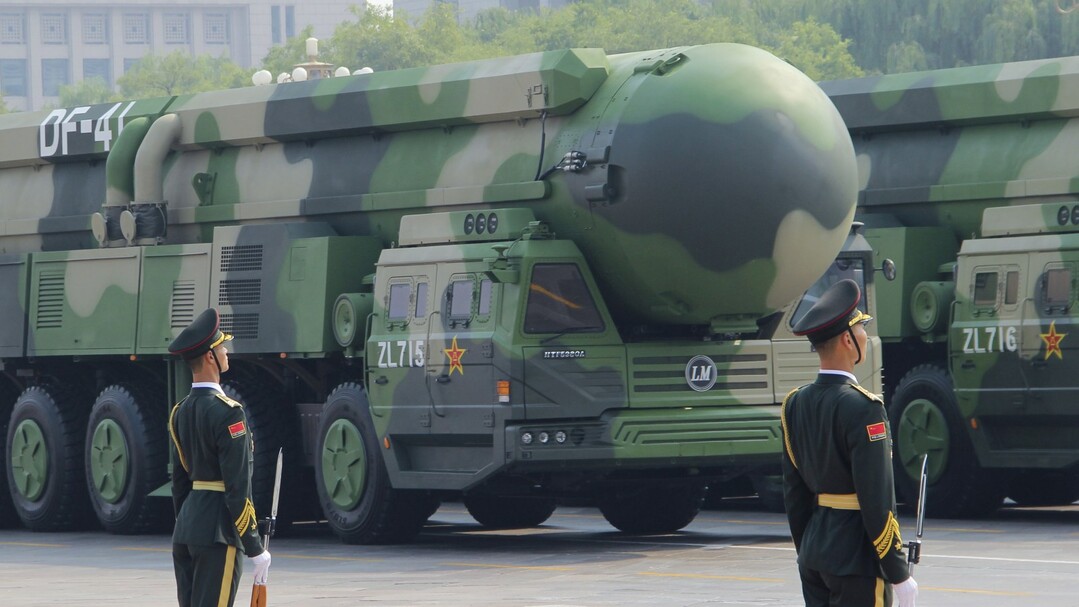
[Global Economic Times] Hong Kong's South China Morning Post (SCMP) reported on the 21st that China conducted a survival test on its communications equipment under the assumption of an external nuclear attack and confirmed that it was intact.
According to reports, Chinese authorities recently assumed a nuclear attack that generates high-altitude electromagnetic pulse (HEMP) and confirmed whether current data transmission and reception communication equipment can withstand it.
The specific time and location of the test was not disclosed.
However, the SCMP reported that a review paper related to survival testing of communication equipment in the event of a nuclear attack was published in the Chinese academic journal 'Wireless Communication Technology' last month, and based on this, it can be assumed that the testing took place before then.
HEMP refers to an electromagnetic wave created when gamma rays emitted during a nuclear explosion in the stratosphere at a high altitude of 30 km or more pass through the Earth's atmosphere and collide with atmospheric particles, causing the particles to emit electrons.
It is said that this can lead to deterioration in the performance of low-orbit satellites and ground communication equipment, as well as destruction in severe cases.
In this case, the general assessment is that the survival of the country is directly related to how vulnerable the facility is to HEMP and how quickly it can be restored after being hit.
SCMP said, "HEMP nuclear weapons attacks do not cause significant damage to ground buildings, etc., but can cause enormous damage to electronic equipment. Electromagnetic waves generated by nuclear explosions penetrate communication centers through antennas, cables, and ventilation passages, and electronic equipment can be damaged by electromagnetic waves." “It can cause extensive damage to parts,” he pointed out.
The newspaper said, "The standards for HEMP-prevention communication equipment set by the United States and China stipulate that they must withstand an electric field of up to 50 kV, but this test by the Chinese authorities raised the standard to 80 kV." He emphasized, “The communication equipment was safe, and the data transmission and reception communication network was briefly interrupted after the attack but was quickly restored.”
Considering that the Chinese People's Liberation Army's data network is run by state-run defense company China Electronics Technology Corporation (CETC), it is presumed that they led this test.
In addition, China launched an ICBM loaded with a mock warhead for training purposes into the high seas of the Pacific at 8:44 a.m. on the 25th of last month and posted four photos on the People's Liberation Army's social media account along with an explanation that it landed accurately in the target sea area.
It is known to be the Dongfeng (DF)-31 AG, which has a range of 12,000 km capable of striking the U.S. mainland, and was unveiled during a military parade commemorating the 90th anniversary of the founding of the People's Liberation Army of China held in Inner Mongolia in July 2017.
The general view of the international community is that the Chinese authorities' intention to conduct tests of communication equipment under the assumption of a HEMP nuclear attack and to publicize the launch of an ICBM is to show off its nuclear capabilities.
[Copyright (c) Global Economic Times. All Rights Reserved.]






























